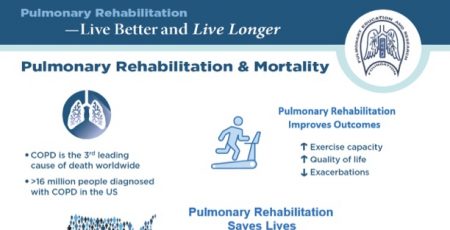22 Jun Yes, You Can (And Should) Exercise With Asthma
It’s a conundrum: Exercise is good for you. You should exercise to maintain your health. But exercise is a common trigger for asthma. So if you have asthma, is exercise is bad for you? What do you do?
Luckily, the situation is not really so confusing.
When exercise brings on an asthma attack, it’s called exercise-induced asthma (EIA), and this triggering effect often can be brought under control. EIA is characterized by episodes of coughing, wheezing, shortness of breath, chest pain or tightness, fatigue, and difficulty keeping up with others. These symptoms can occur during exercise, but more often they happen after the exercise session has ended.
There are ways to control these attacks.
Avoid Environmental Triggers
First, determine whether factors in the environment are triggering the attacks. For example, you may find that a game of basketball on an indoor court is fine, but if you play outdoors next to a grassy field, you end up with an attack of asthma symptoms afterward. Or if you exercise in cold weather, you may have attacks after activities that in warm weather don’t cause you any problems at all.
Many people with EIA find that exercising in cold, dry air is an especially potent trigger. Swimming in an indoor pool might be better tolerated than exercising outside on a cold winter day.
Determine whether cold air, humidity, pollens, molds, or elevated air pollution levels correlate with worsening of your asthma symptoms. Avoid exercising in these trigger conditions.
Take Asthma Medications Before Exercise
Short-acting bronchodilators can be used 10 to 15 minutes before your exercise, and will last 2 to 4 hours. Anti-inflammatory medications typically are taken on a regular schedule and can help to protect you from an asthma attack when you exercise. Talk to your doctor about these medications and how and when you should use them to help you exercise without triggering an attack.
Warm Up and Cool Down
It’s been shown that when you warm up for 5 to 10 minutes before exercising, and then spend 5 to 10 minutes cooling down after your session, you will significantly reduce your chances of having asthma symptoms during or after you exercise.
Slowly Increase Your Fitness Level
If you’re overweight or out of shape, remember that the more you exercise and build muscle strength and overall fitness, the better your body will function. With a better-functioning body, you’ll be able to handle the demands of exercise more efficiently, and you won’t feel out of breath as quickly. This, in turn, will help you to tolerate exercise better, and continue to build your fitness level.
All in all, the best course of action is to built your exercise level slowly, both within each session and over time. Use the medications prescribed for you to help keep your asthma symptoms under control, so you can continue to exercise and build your fitness. With time and consistent effort, you will find that you can exercise more – and exercise will feel good to you, not bad.
Information for this article was obtained from an article on asthma and exercise in the patient education/information series published by the American Thoracic Society.





No Comments